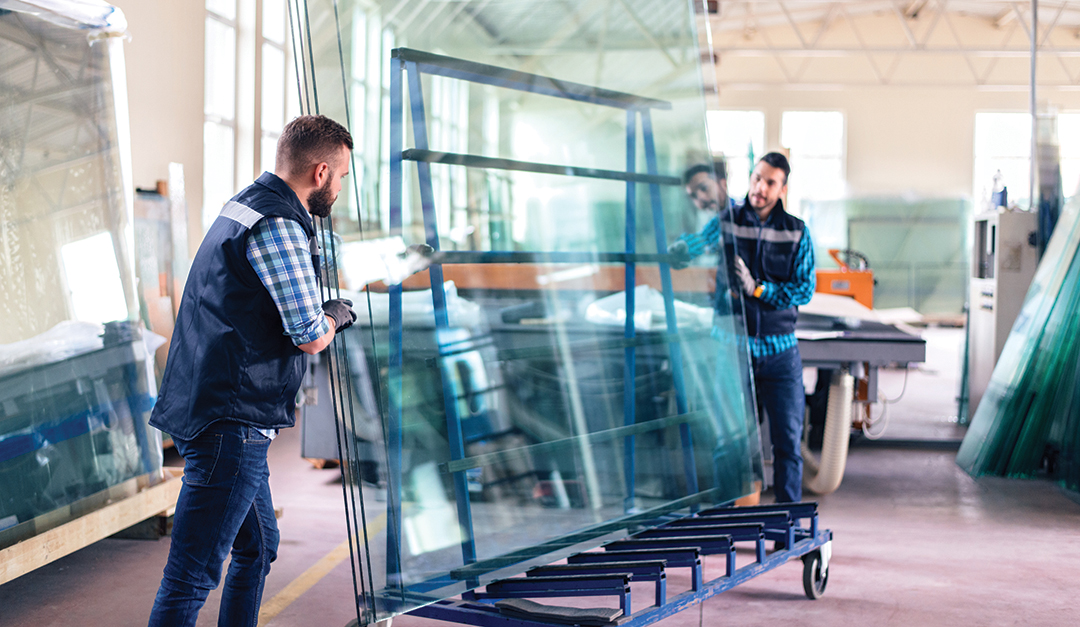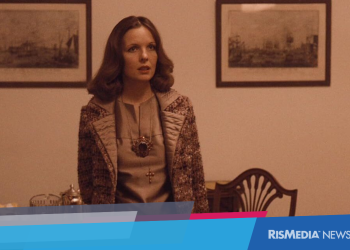Where the base of the Twin Towers once stood in New York City, there are now two memorial reflecting pools etched with the names of the nearly 3,000 who died on Sept. 11, 2001—an enduring reminder of those lost. As you look up from the pools, you see a literal manifestation of hope: the 1,776-foot-tall, 104-story, 3.5-million-square-foot One World Trade Center tower.
The tower, which opened in Nov. 2014, currently holds the title as the tallest building in not only the United States, but also the entire Western Hemisphere—ranking as the sixth-tallest tower in the world. The way the tower stands tall gives strength and hope to locals, as well as those whose lives have been forever altered by the tragic event.
I had the pleasure of being one of a select few executives who were given a personal tour of the building, during which I learned the series of obstacles the developer and owner of the World Trade Center—Silverstein Properties and Port Authority of New York and New Jersey, respectively—had to overcome to rebuild it. The construction and design were led by the New York office of Skidmore, Owings & Merrill (SOM).
In 2005, when the design for the tower was in progress, it was projected to be the safest commercial building in the world, and it lives up to this standard. Billed as “safe, sustainable and artistically dynamic” on the World Trade Center’s website, the tower’s safety measures exceed what’s required under New York’s building codes. In 2012, Architectural Digest previewed the new One World Trade Center, saying the building was “one of the safest, technologically advanced and environmentally sensitive in the world.”
Safety Features
- The building has a strong steel frame supported by beams and columns, and tempered, laminated and multi-layered glass windows.
- NYPD’s Counterterrorism Bureau polices the area around the building and an Underground Vehicle Screening Center serves as a security checkpoint.
- The site of the building is further from the heavier traffic on West St.
- Its three-foot concrete slabs are designed to withstand natural disasters like high winds and earthquakes.
- The building features a heavy, blast-resistant base called a podium, specially designed for fire suppression.
- The layout features 70 specially protected elevators and a stairwell exclusively for emergency personnel.
Although increased safety measures can never guarantee that nothing bad will ever happen, we can look to buildings like One World Trade Center as inspiration for rethinking the way we build our structures of the future and rehab and retrofit existing buildings.
The buildings we design are a manifestation of the strength, security and safety we desire to have as we interact with each other in shared spaces. It takes many people working together to come up with effective designs, plans and programs. By creating more sustainable and safe buildings, and by continuing to support those who still need help in the wake of 9/11, we honor those whose lives were lost—and reaffirm that the most important assets we have are human lives.
 Desirée Patno is the CEO and president of Women in the Housing and Real Estate Ecosystem (NAWRB) and Desirée Patno Enterprises, Inc. (DPE), as well as chairwoman of NAWRB’s Diversity & Inclusion Leadership Council (NDILC). With 30 years of experience in housing, Patno is a champion for women’s economic growth and independence. In 2017, Entrepreneur.com named her the Highest-Ranking Woman and 4th Overall Top Real Estate Influencer to Follow. For more information, please visit www.nawrb.com.
Desirée Patno is the CEO and president of Women in the Housing and Real Estate Ecosystem (NAWRB) and Desirée Patno Enterprises, Inc. (DPE), as well as chairwoman of NAWRB’s Diversity & Inclusion Leadership Council (NDILC). With 30 years of experience in housing, Patno is a champion for women’s economic growth and independence. In 2017, Entrepreneur.com named her the Highest-Ranking Woman and 4th Overall Top Real Estate Influencer to Follow. For more information, please visit www.nawrb.com.











